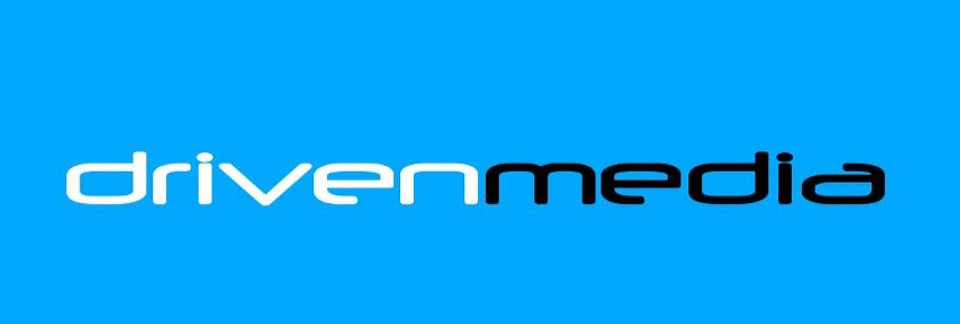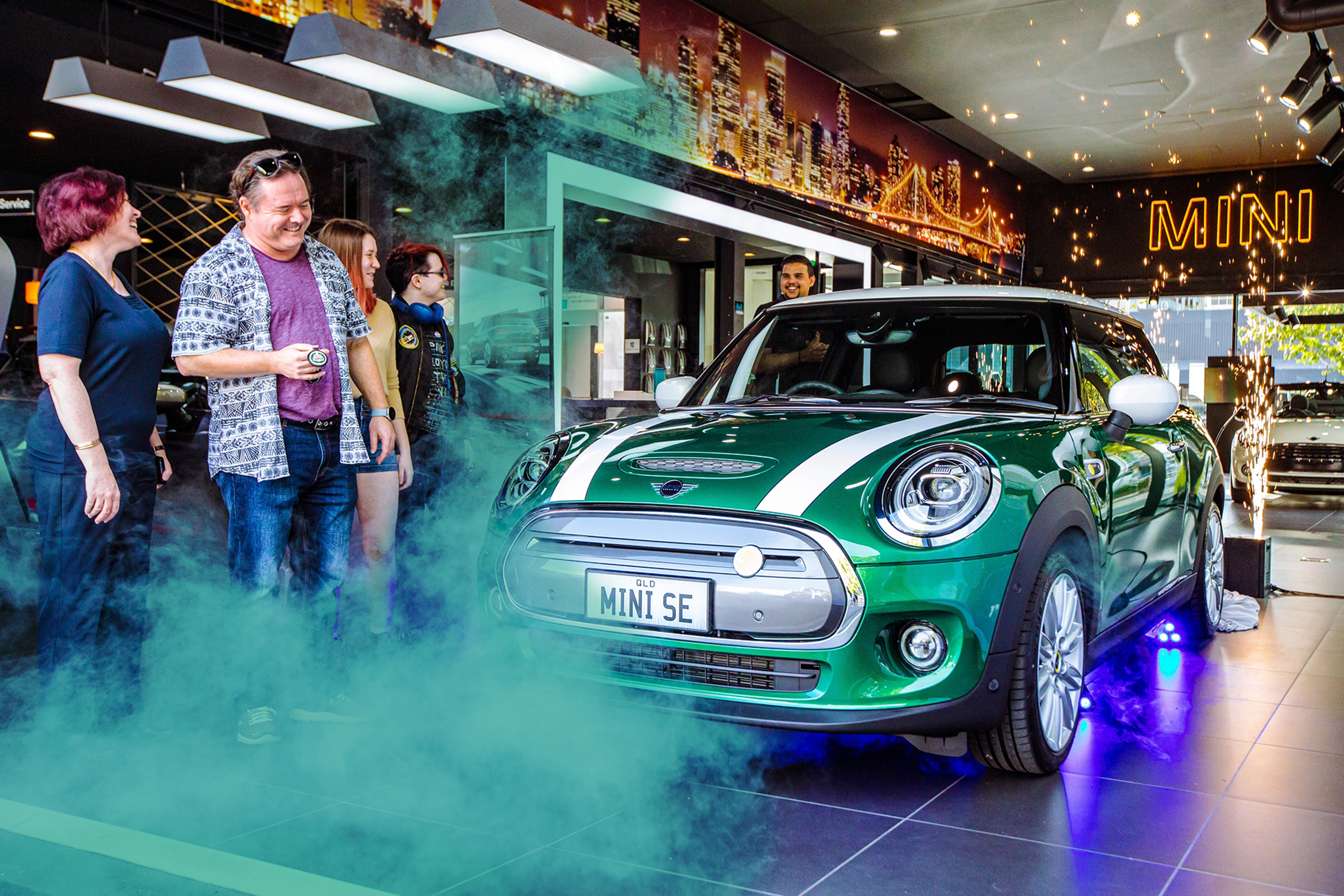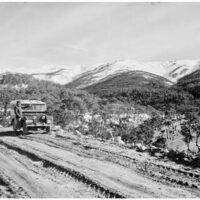Hello and welcome to Overdrive, a program that relishes all sorts of information and experiences in the world of motoring and transport.
I’m David Brown
The times each story appears in the program are noted (mm:ss)
News (1:12)
- Ford’s F-150 ute is bound for Australia
- Jeep Compass
- Hydrogen highways – targeting specific needs
- Reducing the fuel excise
- Do we support local businesses enough?
Feature Story (8:15)
- No matter which party is in power, the Federal budget process and its presentation is one of the most counterproductive exercises squarely aimed at getting clickbait in the media and votes. It is bad for transport: Discuss
Feedback (16:24)
- A very successful businessman helps in organising motorsport events and ends up covered in dirt.
- A project to assess how distracting the controls are in modern motor cars
Hydrogen Highway (20:09)
- Three state governments are getting together to create some hydrogen highways.
Ford F-150 ute bound for Australia
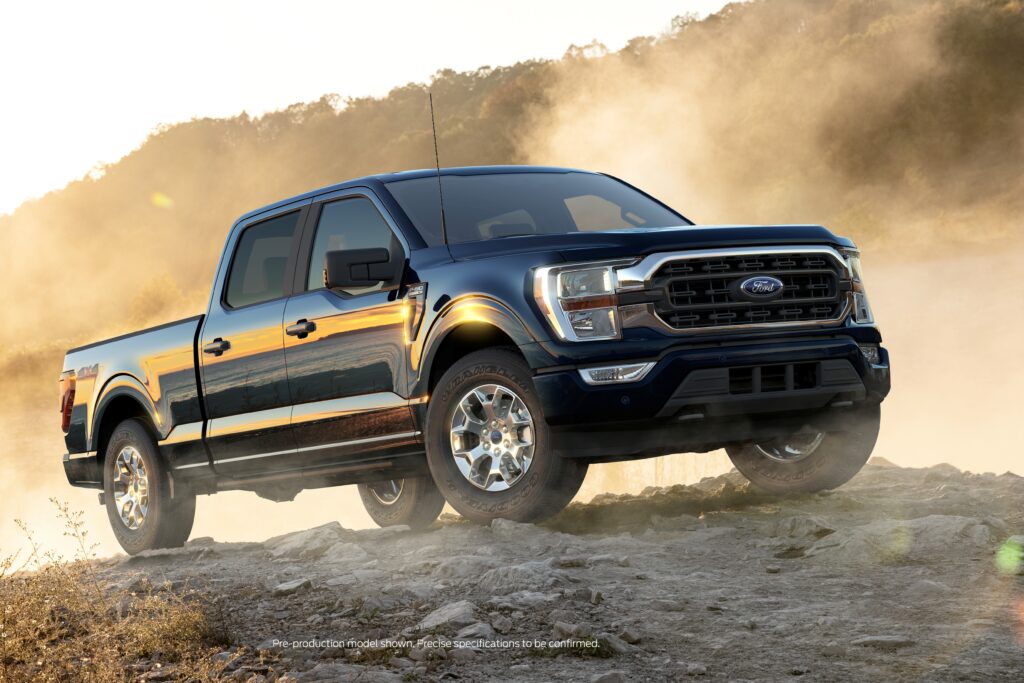
On the day of the Federal Government’s Budget announcement with its widely predicted slashing of the petrol excise tax by 22 cents a litre, Ford announced that it would be bringing the F150 utility into the Australian market by mid 2030.
The F150 has been the top selling vehicle in America since 1983 with total sales of more than 40 million vehicles.
The Australian F-150s will be offered with a Crew Cab body, a mid-spec 3.5L V6 engine 298Kw1 and 678Nm1 of torque, and a 10-speed transmission,
The curb weight of the Australian model has a curb site weight that starts at over 2100 kgs but it will be rated to tow 4.5 tonnes.
It will be offered in this country with either one of two equipment levels the XLT and premium Lariat
Ford Australia has engaged engineering specialist RMA Automotive (Headquartered in Thailand) to remanufacture Australian-bound vehicles to right-hand drive.
Price information has not been released.
Jeep Compass

The Jeep Compass is categorised in the hotly contested small SUV segment. The latest model was launched in the middle of last year with some basic models
We drove the Compass Trailhawk that was released near the end of the year and now they have a further specification model: the Night Eagle.
Even the base models come with many driver assistance systems including Traffic signal recognition, adaptive cruise control, drowsy Driver detection, and rear cross-traffic detections.
The Trailhawk is the only one with a diesel engine: 2 litre and the need for AdBlue which means it meets the Euro 6D level of Emissions standard.
Like all models bar the base launch edition, the Trailhawk has four-wheel drive and a 9-speed automatic gearbox.
I would have liked the steering wheel adjustment to make it a bit closer to the driver (I like legroom but not with your arms nearly fully extended).
The digital dash provided some good options with some choices in your preferred information and it was easy to read. There was also a 10.1-inch infotainment screen.
A few of the controls were a bit different from the norm that took getting used to.
But the exterior looks were impressive for this category of vehicle. The pictures don’t do it justice but Jeep has managed to make it look more than a box without awkward features that look like they are tacked on – like the flares over the wheel arches.
Good off-road but $51,250 plus on roads to buy.
Reducing the fuel excise
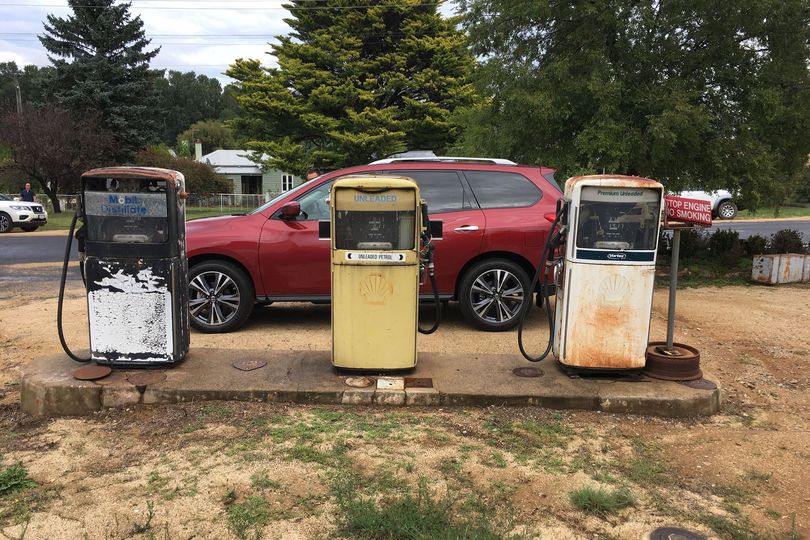
In 1993 the US Federal Government froze its fuel excise at 18.4 cents a gallon removing any further indexation for inflation. The increasing squeeze on transportation budgets led many states to raise the gas tax, particularly in recent years. The lack of federal funds for infrastructure including the need for maintenance let alone further construction has been described as creating a crisis for transport in that country.
Since 1983 the top-selling vehicle in the US has been the F150 utility. This is a ute that is bigger than the typical Toyota Hilux and Ford Ranger in Australia and in fairness it has been the best-selling car in Canada for an even longer period.
In Australia, The Howard Government in the lead up to the 2001 election which looked like they might not win, they introduced a range of policies including reducing excise on petrol by 1.5¢ a litre to compensate for the GST and they axed the twice-a-year indexation of excise Labor had introduced in 1983.
It was never going to produce a perceivable benefit to the electorate in the short term but would have, like the situation in America, undermined tax revenues in the longer term. Nonetheless, it sounded good and they won the election.
Indexation was reintroduced by the Abbott government in 2014.
The current Australian Federal Government has halved the excise for six months.
An across-the-board reduction in a user tax will most significantly impact those who travel long distances and those who have high fuel consumption vehicles. It will help freight operations depending on how much is passed on to the consumer.
In six months’ time, it will be difficult for whichever government is in power to reintroduce the tax.
States want trucks to switch from diesel to hydrogen
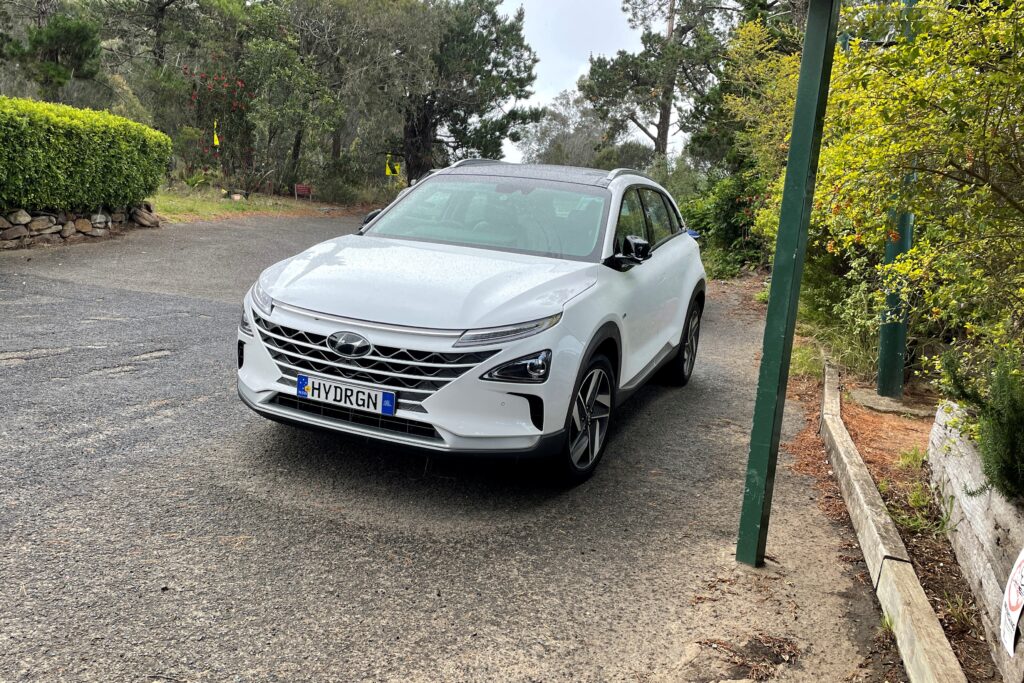
Three eastern state governments have signed a Memorandum of Understanding to build Australia’s first renewable hydrogen refuelling station network. The commitment at this stage is $20 million.
The initial focus will be on the busiest freight routes with the Hume, Pacific, and Newell highways the first routes for consideration.
In terms of the number of stops, a truck would require on a Sydney to Melbourne trip, Scott Nargar Hyundai’s Senior Manager of Future Mobility & Government Relations, who has been actively involved in developing the commercial and political environment to promote sustainable transport said.
Scott Nargar: Potentially one or two stops, depending it all depends on the load, so with a carrying serial or carrying a couple of thousand cans of soft drink, there are loads and axle weights and it comes down to the person behind the wheel whether it is an EV or and internal combustion car or a hydrogen car. So there is a lot of tech in these developments.
The freight industry has been embracing technology to monitor and manage it transport movements and as such is well placed to be able to adapt to maximise the benefits of hydrogen fuel cell vehicles.
Do we support local businesses enough?

A recent article in the online news service Voice of Real Australia which has articles from journalists around the country asked the question “Do we support local businesses enough?”
Like most well-intended ideals this won’t come about my heartfelt calls to action presented with passion and the wringing of hands. No more than road safety/drug abuse/catch public transport etc will be addressed if a government runs a few TV ads (branded with their name).
Transport has a huge role in encouraging local businesses by facilitating walking and other forms of active transport. If we get benefits from making shorter, more active trips, then that will bring a focus on easy-to-reach, local businesses.
For those who can, working some days from home, is part of this, while one scooter hire company is looking at working with local businesses to give discounts if you go to the store on the scooter rather than a car.
Not for everyone, but part of behaviour change processes.
You can find more information at Driven Media with links to social media and podcasts
iTunes: https://podcasts.apple.com/us/podcast/overdrive-cars-transport-and-culture/id1001084679
Spotify: https://open.spotify.com/show/0ah6JZN8LTYURIfNs1IIBs
We even list the times each item appears you can go straight to it
Our Facebook page OverdriveCity – Driven Media
https://www.facebook.com/OverdriveCityDrivenMedia/?modal=admin_todo_tour
or
Our YouTube site https://www.youtube.com/channel/UCKyx5sv6cgF4URRmNq2JiXg/videos
Originally broadcast on 2 April 2022
